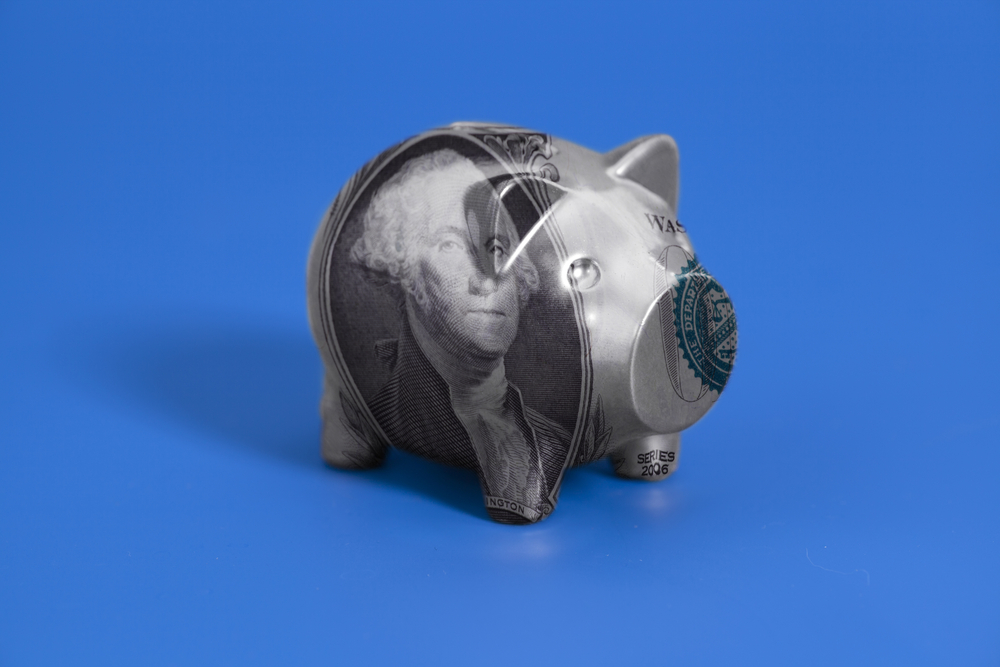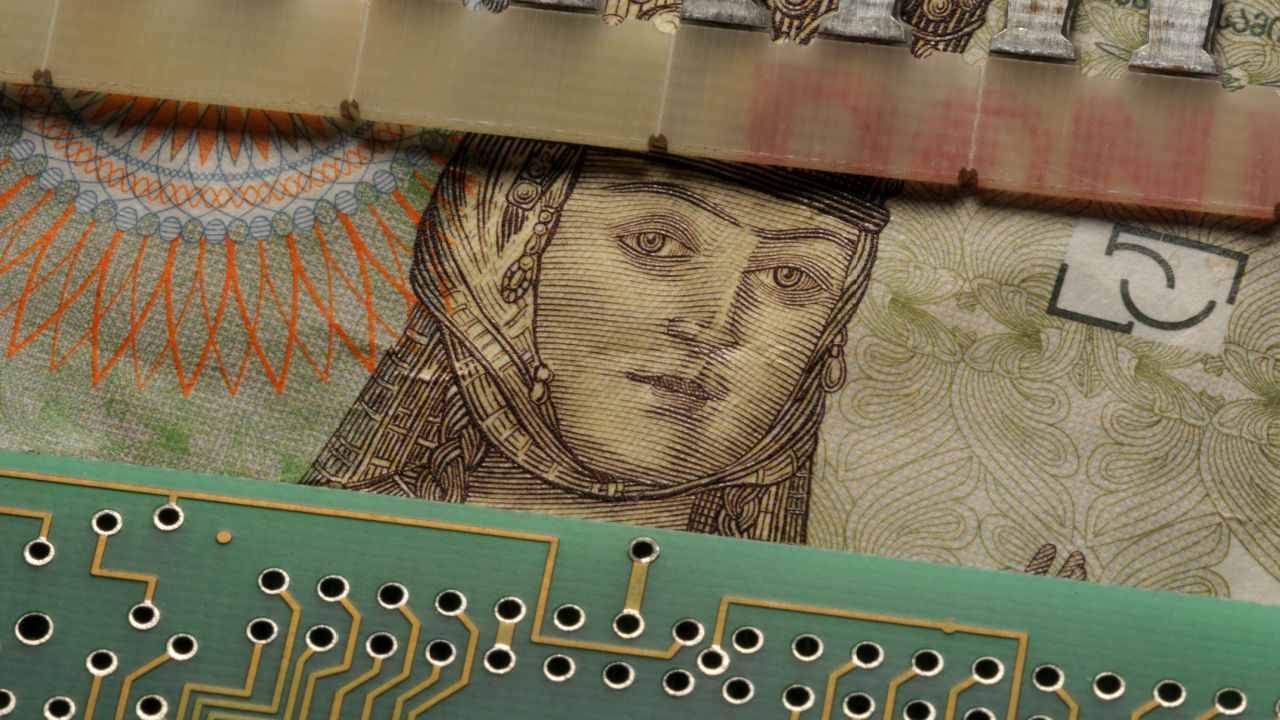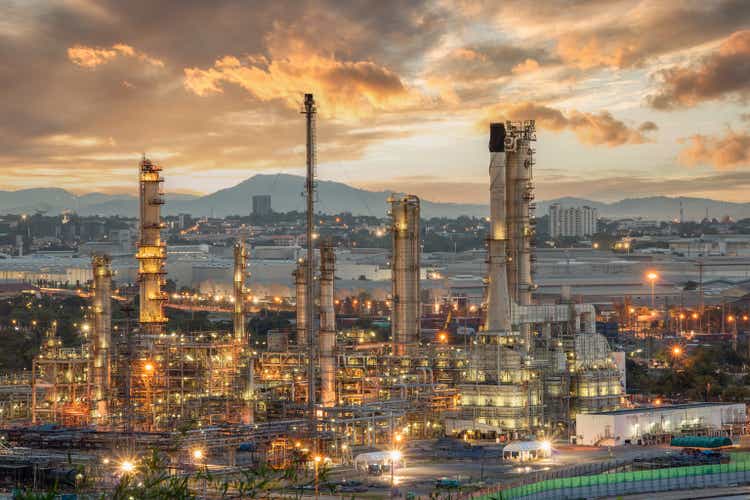China’s economy grew by just 3 per cent in 2022, underscoring the heavy costs of the government’s longstanding zero-Covid strategy before it was abruptly abandoned last month.
The country’s gross domestic product figures missed Beijing’s official growth target, which at 5.5 per cent was already the lowest in decades. Other than in 2020 at the beginning of the pandemic, when full-year GDP expanded 2.2 per cent, growth was the weakest since 1976.
Although China’s economy is expected to recover this year as it reopens to the world, Tuesday’s data highlighted the scale of the challenge that President Xi Jinping faces after growth was subordinated to a vast anti-pandemic policy apparatus for three years.
In the fourth quarter, GDP was flat compared with the third quarter and rose 2.9 per cent year on year, higher than analyst expectations of a 1.6 per cent increase. Late last year, the government tightened Covid-19 restrictions in response to multiple urban outbreaks before suddenly easing them, allowing the virus to sweep across the population uninhibited for the first time.
Economists expect growth to rebound this year compared with 2022, but policymakers face a host of challenges including Covid, a property crisis that has dragged home prices lower, a slump in exports as the global economy slows and China’s first population decline in 60 years.
“The Chinese economy is at a pivotal point, with disruptions from the protracted zero-Covid policy and its abrupt reversal likely to give way to a resurgence of at least moderate growth by Chinese standards,” said Eswar Prasad, a China finance expert at Cornell University. “Growth momentum coming out of this difficult period will depend on how much and what kind of stimulus the government employs to put the economy back on track.”
Asia-Pacific equities slipped on Tuesday following the data release, with Hong Kong’s Hang Seng index falling 1 per cent and China’s CSI 300 shedding 0.1 per cent. South Korea’s Kospi lost 0.6 per cent, and Japan’s Topix gained 0.8 per cent.
Various metrics surpassed expectations in December but reflected underlying weaknesses as estimated Covid infections soared into the hundreds of millions, straining hospitals and weighing heavily on economic activity. Retail sales dropped 1.8 per cent year on year, compared with a 5.9 per cent fall in November, while industrial output added 1.3 per cent.
Unemployment improved to 5.5 per cent from 5.7 per cent in November. Over the full year, industrial output rose 3.6 per cent, fixed asset investment rose 5.5 per cent and retail sales edged 0.2 per cent lower.

“Generally speaking, positive results have been achieved in effectively coordinating the Covid-19 prevention and control and the economic and social development in 2022,” said Kang Yi, head of China’s National Bureau of Statistics. But he added that the “foundation of the economic recovery is not solid”, citing a “complicated” international backdrop and domestic pressures.
“Data so far supports our long-held view that China’s reopening boost will be somewhat anaemic at the beginning, with consumer spending being a key laggard in the initial stages,” said Louise Loo, senior economist at Oxford Economics.
In addition to abandoning the zero-Covid constraints, policymakers have recently unveiled potential stimulus for property developers to support a sector that has been hit by a wave of defaults over the past 18 months.

Real estate investment fell by 10 per cent in 2022 as part of a property crisis that drove home sales 24 per cent lower by floor space and 27 per cent lower by dollar value.
Additional reporting by Tom Mitchell in Singapore, Andy Lin in Taipei and William Langley in Hong Kong















.png)